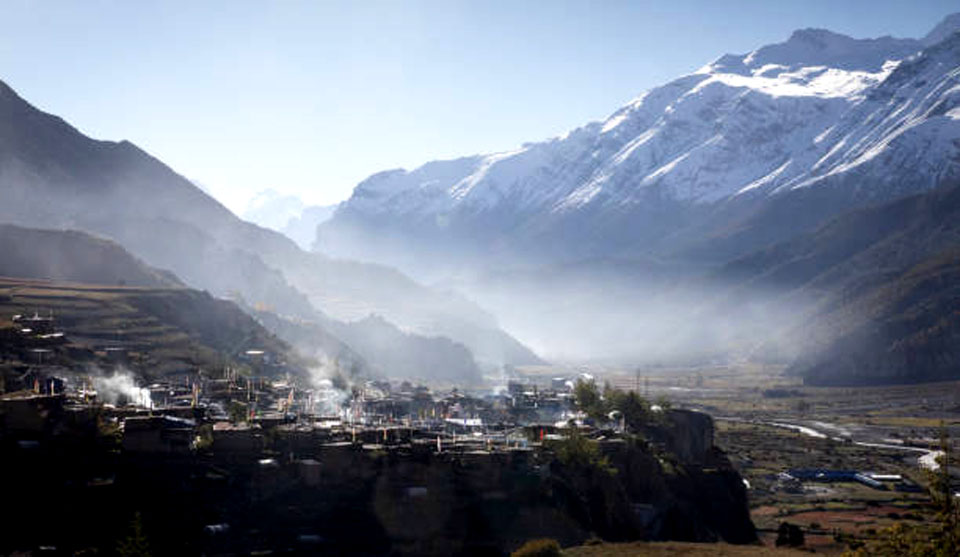The Nepal designated 28 trekking peaks that can be climbed without an expedition permit, with most being less than 7000m (22965 Feet) and accessible to anyone with moderate experience.
However, those above 7000m require a higher fee. Skill levels for climbing these peaks vary, with some requiring significant mountaineering or climbing skills, while others are just physically challenging.
Some of the 33 trekking peaks in Nepal include Island Peak, Imja Tse, Cholatse, and Gokyo Ri. Island Peak, named for its floating appearance, is the most popular, with over 12,000 climbers trying it between 2006 and 2010. The main challenges include snow at the summit and lack of acclimatization.
Cholatse, a steep walled peak, is one of the most difficult, attracting mountaineers from around the world. It is accessible via several days of trekking from Lukla and was not climbed until 1982 when the first climbing permit was issued.
Lobuje, located on the opposite side of Mount Everest, is a popular acclimatization climb, requiring more mountaineering skills than Island or Mera peak. It consists of two peaks, Lobuje East and Lobuje Far East, and is often climbed by parties seeking to summit Everest.
Larkya, a physically demanding climb, is part of the Manaslu Trek and offers great views of Manaslu and the Annapurnas. Sano Larkya is a single-day summit, while Pisang Peak, often combined with Annapurna Circuit, is a 3+ day round trip from Manang and slightly more challenging than Island Peak.
Yala Peak is an easier trekking peak in Nepal, accessible by ground transport from Kathmandu. It takes 20 days to reach the summit and return, with Shishapangma, the highest peak in Tibet, visible from the summit. The trekking portion through the Langtang region is pleasant with comfortable tea houses and offers a way to skip the crowds of the Everest region.
Mera Peak, the tallest trekking peak in Nepal, was attempted by nearly 6000 people between 2006 and 2010. It offers views of five of the 10 world’s tallest peaks from the summit and requires a short trek across glacial ice. Trekkers start at Lukla in the Everest region.
Tent peak in the Annapurna Sanctuary offers stunning views of surrounding peaks like Annapurna I, Annapurna South, Fang, and Machhapuchhre. A 2-week itinerary from Pokhara can combine tea house trekking with a challenging peak.
Nepal has 28 trekking peaks, with permits designated as “A” or “B” based on timing and difficulty level. Permits for “A” peaks cost $350, while permits for “B” peaks cost $500 for groups of up to four people.
Yala Peak (5520m) is the easiest peak, Cholatse (6440m) is the most difficult, and Island Peak (6160m) is the most popular. Possible peak and trek combinations include Everest Base Camp and Island Peak or Lubuje, Annapurna Sanctuary and Tent Peak, Yala Peak and Langtang Trek, Pisang Peak and Annapurna Circuit, and Lochya Peak and the Manaslu Circuit.


